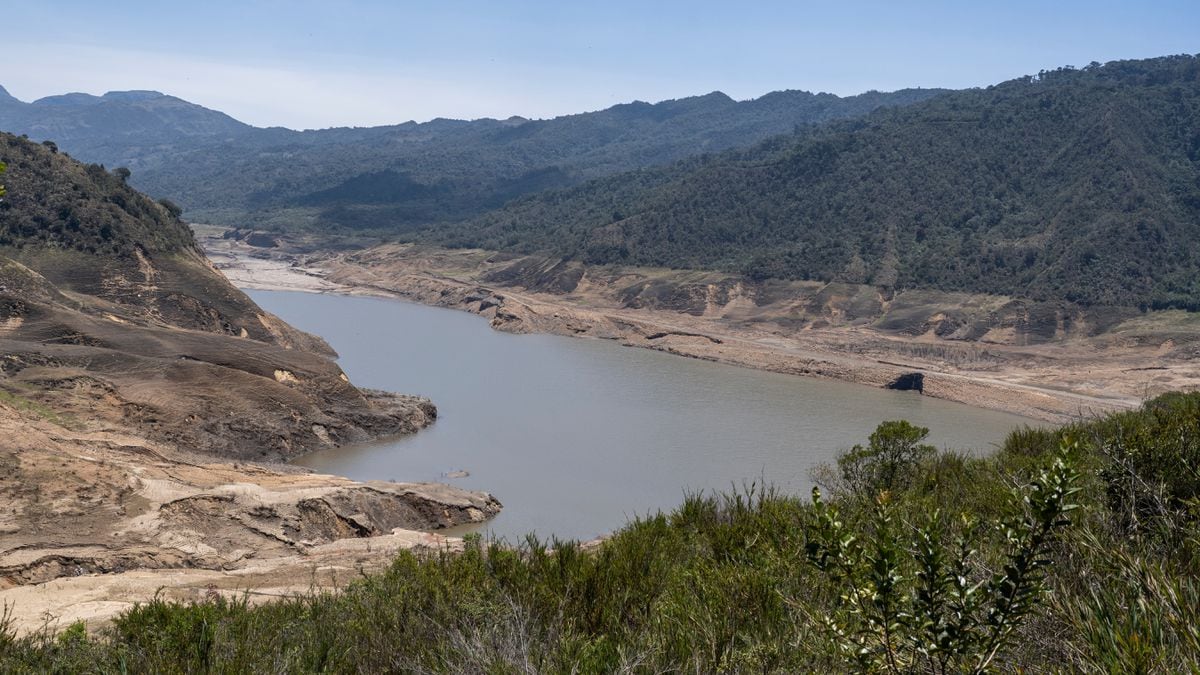A strong El Nio phenomenon, the usual dry season, and higher temperatures have turned Bogota into a city with clear skies, an almost hot climate, and environmental crises. At the beginning of the year, these same factors generated dozens of forest fires inside and outside the Colombian capital.
Three months later, several experts explain to EL PAS that they are now the main causes of a water crisis that has Bogota residents living with water rationing measures for a week. Mayor Carlos Fernando Galán announced the restrictions on April 8, when the storage level of the Chingaza System, which under normal conditions supplies 70% of the city's water, was around 17%. Ten days later, the level is at 15.28%, after decreasing every day and reaching the lowest point in 40 years. The manager of the Bogotá Aqueduct and Sewer Company, Natasha Avendao, explains by teleconference that the situation is "critical" and that the Chedaza System has been depleted much faster than expected. Aqueduct Manager Avendao said the company is doing everything it can to reduce pressure on the Chingaza System. Mayor Galán announced this Monday fines for water waste by private individuals. Among other measures, there will be additional charges for households that use more than double the basic water consumption. 80% of water consumption occurs among residential users, according to data from the Acueducto. The goal, he assures, is that there is water for everyone and that the Chingaza System reaches the end of the year with a supply level of 75%. But scientists argue that it is not enough to simply think in the short or medium term, something that can be difficult for Aqueduct managers since the person in charge of the company usually changes every four years when a new mayor is elected. The three interviewees agree that, in addition to the sky, ordinary citizens also have to do their part to reduce water use in the metropolis of eight million inhabitants.

